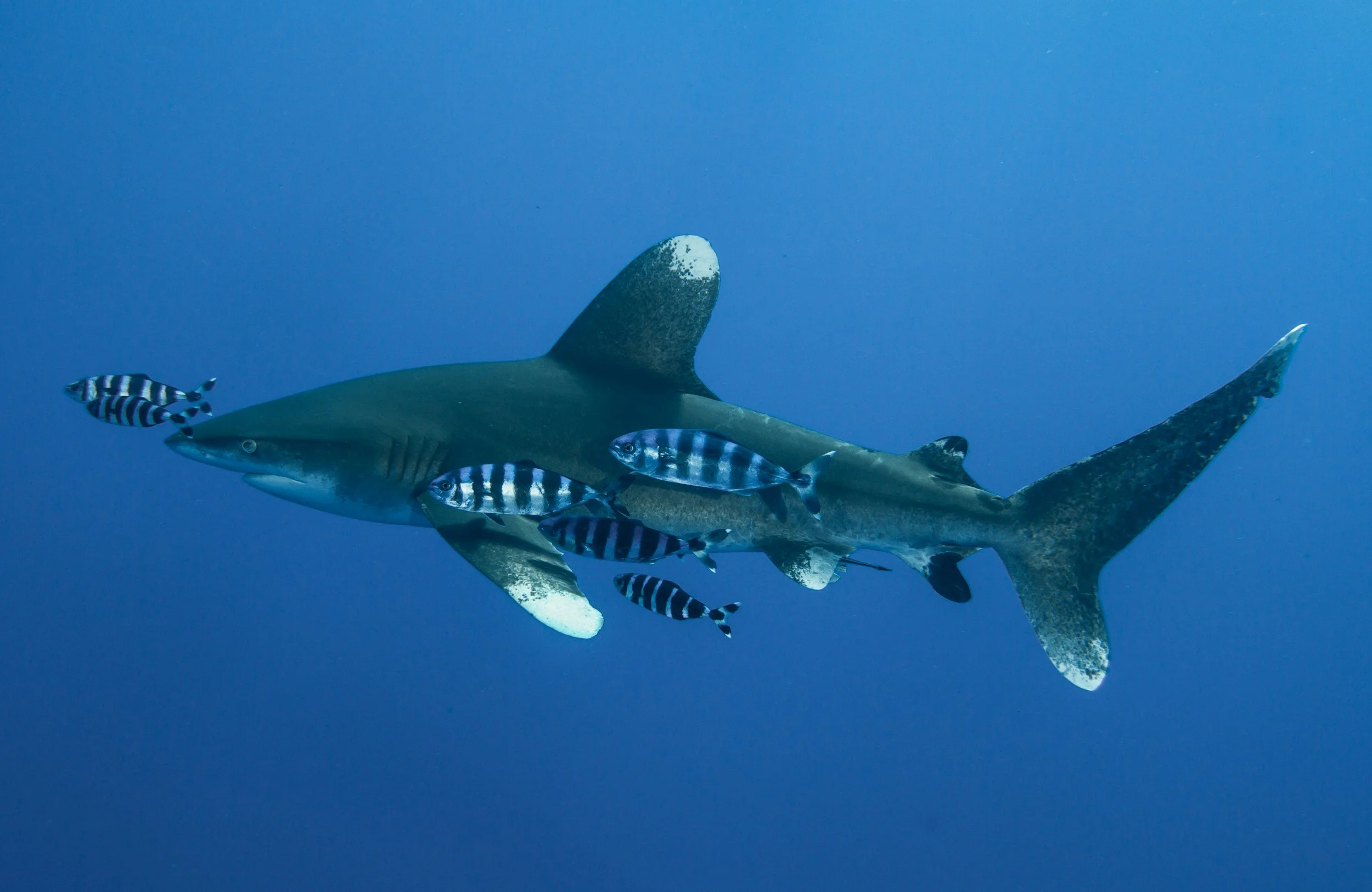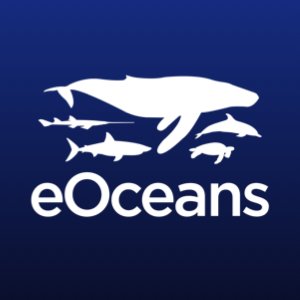
We’ve done a lot, together.
100+ species with increased international protection
Increased protection for 19.4 million km² in 182 countries.
With projects covering 90 regions of the world in 38 countries, we've united people across borders, oceans, and sectors. Our work has contributed to the protection of over 100 shark and ray species and 19 million km² of ocean.
Community-led, highly inclusive
Since 2013, we’ve led participatory research that brings communities, scientists, and decision-makers together to co-create knowledge and drive impact. The majority of our research questions were proposed by communities, tourism, fisheries, NGO’s, policy makers, and managers.
Check out highlights from our research below, with links to publications.
Example: Manta rays for tourism.
Manta rays generate hundreds of millions in tourism revenue in just a few communities. So, alarms rang when they started to disappear.
By crowdsourcing 600,000+ observations from divers in 90 regions of the world, we revealed they were being caught and sold in markets around the world. But, only two countries reported catching them.
This evidence helped secure their endangered species status, leading to stronger protections — helping people, mantas, and planet.
Great Fiji Shark Count
Tourism depends on healthy oceans, but management lags behind. In Fiji, divers took action, logging 146,304 shark observations across 592 sites. Their data—45% of dives, 74% of sites—helps guide conservation, management, and future research.
Emergent Research and Priorities for Shark and R
ay Conservation
Shark data is scarce, but citizen science fills the gap—tracking populations, threats, and conservation impact with more eyes on the water.
International Trade Threatens Mantas
Crowdsourced manta ray data exposed illegal, unreported, unregulated (IUU) fishing worldwide, revealing that trade is a significant threat—leading to their CITES Appendix II protection.
Priorities for Shark Conservation in Thailand
Data from 9,524 dives over five years gave Thailand its first shark trends, guiding science, management, and showcasing the power of community-led programs.
Evaluating Global Shark Sanctuaries
Around the world, ocean experts — local explorers that live and work on the ocean — see things that scientists don’t. What they see can inform on local threats to species and livelihoods. Here, we reviewed these concerns from a shark perspective.
The Role of Tourism
in Conservation
Tourism guides visit the same sites daily, spotting the same species and individuals. As stewards of these areas, their observations can bridge crucial data gaps missed by scientists.
Citizen Science: A Best Practice for Shark & Ray Tourism
Tourism operators and scientists must collaborate to track ocean health—connecting researchers with communities, businesses, and NGOs is key to success.
Biases in Visual Censuses Skew Ecological Descriptions
Since the 1950s, visual censuses have sampled fish, but counting mobile species that enter after a survey starts inflates biomass estimates, distorting data and impacting management and recovery plans.
Everyday Observations are Necessary for Science
Scientific surveys capture only a small snapshot of the ocean. Tapping into observations from other explorers can fill data gaps and transform our understanding.
Smart Fisheries
Fishers are key to ocean monitoring, but years of misinformation have eroded trust. The Smart Fishery Tracker™ on eOceans® helps fishers improve practices, reduce unreported catches, and lead in ocean conservation.
Join the movement with the FREE eOceans app.
Explore our ongoing projects, start your own, or get involved with others making a real impact. Download the eOceans app to begin logging sightings of species, pollution, human activities, and more. Visit eOceans.app to learn how you can contribute to the movement, drive change, and protect the oceans that sustain us all.
Success stories:
California deploys eOceans to collaboratively track the health and value of Marine Protected Areas.
SlingShot™ awardee protecting migrating whales from shipping industry in South Africa.
Wildlife is the main attraction for dive operators—this team is making sure it stays that way by deploying eOceans to track megafauna and to designate the right MPAs.
Join the eOceans global teams with the FREE eOceans app.
Many of these projects are now ongoing in the eOceans app—eManta, eShark, Marine Heatwaves, etc. Now you can join anytime from any ocean or coastline in the world. Start logging you real-time, on-site observations and keep the momentum growing.

















